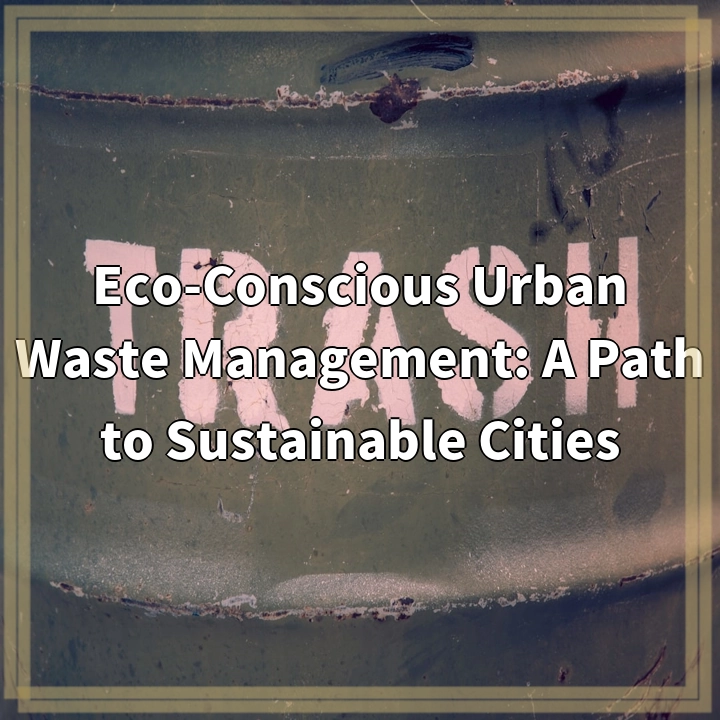
What are Eco-Friendly Footwear Materials?
Eco-friendly footwear materials refer to materials that are sustainable, environmentally-friendly, and have a reduced negative impact on the planet. These materials are carefully sourced and manufactured with the goal of reducing carbon emissions, conserving natural resources, and minimizing pollution throughout their life cycle.
Eco-friendly footwear materials can include a variety of options, such as:
- Recycled Materials: These materials are made from waste materials like recycled plastics, rubber, or textiles. By repurposing existing materials, the demand for virgin resources is decreased, and landfill waste is reduced.
- Organic and Natural Fibers: Materials like organic cotton, hemp, jute, and bamboo are used to create soft and durable fabrics for shoe uppers. These fibers are grown without the use of harmful pesticides or chemical fertilizers, making them more eco-friendly.
- Plant-based or Bio-based Leather Alternatives: Traditional leather production has significant environmental drawbacks. Plant-based leather alternatives, made from materials like mushroom leather or pineapple leather (Piñatex), offer sustainable and cruelty-free alternatives.
- Sustainable Alternatives to Plastic Components: Manufacturers are increasingly exploring eco-friendly options for shoe components like soles, eyelets, and laces. These alternatives can include natural rubber, recycled rubber, or bio-based plastics.
Real-World Problems Associated with Eco-Friendly Footwear Materials
While eco-friendly footwear materials offer a more sustainable solution, there are still challenges and limitations that need to be addressed:
Cost and Accessibility:
One of the main barriers to the widespread adoption of eco-friendly footwear materials is the higher cost compared to conventional materials. The production processes and sourcing of sustainable materials may require additional investments, which can make eco-friendly footwear more expensive for consumers. Increasing accessibility to affordable eco-friendly options is crucial in order to encourage wider adoption.
Performance and Durability:
Eco-friendly materials often face performance and durability challenges when compared to traditional materials. For example, plant-based leather alternatives may not be as water-resistant or durable as animal leather. Overcoming these limitations and improving the performance of eco-friendly materials is essential to ensure they can withstand the demands of everyday use and meet consumer expectations.
Sustainable Production Processes:
While the use of eco-friendly materials is important, the sustainability of the manufacturing processes also plays a significant role. It is necessary to consider the energy consumption, water usage, and waste management during the production of footwear. Finding innovative solutions and implementing sustainable practices throughout the entire supply chain is vital for reducing the environmental impact of footwear production.
Consumer Awareness and Demand:
Many consumers are still unaware of the environmental impact of the footwear industry and the sustainable alternatives available. Educating consumers about the benefits of eco-friendly footwear materials and creating a demand for sustainable products is crucial in driving the industry towards more sustainable practices.

Solutions for Eco-Friendly Footwear Materials
Addressing the challenges associated with eco-friendly footwear materials requires proactive solutions and collaborative efforts across the industry. Some potential solutions include:
Research and Development:
Investing in research and development of eco-friendly materials can drive innovation and improve the performance of sustainable alternatives. This includes exploring new manufacturing techniques, experimenting with different combinations of materials, and finding ways to enhance durability and functionality without compromising sustainability.
Scaling Up Production:
Scaling up the production of eco-friendly materials can help reduce costs through economies of scale. Increased demand and production volumes can incentivize suppliers to invest in sustainable material production facilities, making eco-friendly materials more accessible and affordable for consumers.
Collaboration and Partnerships:
Partnerships between footwear brands, material suppliers, and organizations focused on sustainability can accelerate the adoption of eco-friendly materials. Collaboration can lead to knowledge sharing, resource pooling, and joint initiatives that drive innovation and promote sustainable practices throughout the industry.
Consumer Education and Awareness:
Raising awareness about the environmental impact of footwear production and the benefits of eco-friendly materials is crucial. Educating consumers on the importance of making sustainable choices and providing information about eco-friendly options can help create a demand for more sustainable footwear.
Policies and Regulations:
Government regulations and policies can play a significant role in promoting eco-friendly footwear materials. Offering incentives for sustainable manufacturers, implementing product labeling standards, and setting environmental benchmarks can encourage the adoption of sustainable practices and help level the playing field for eco-friendly materials.















